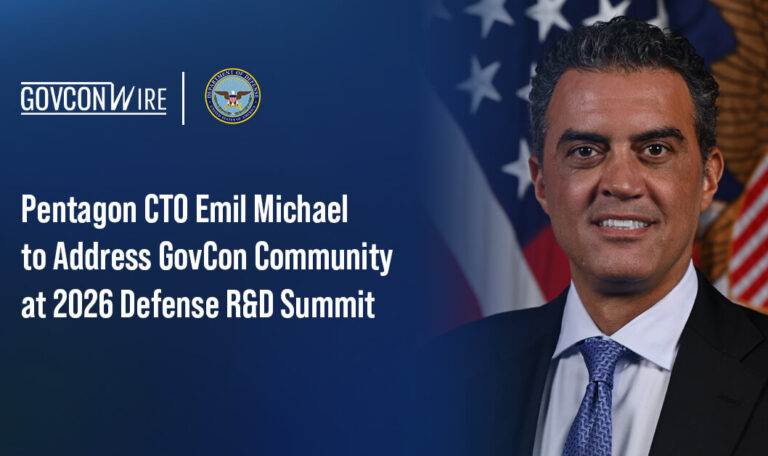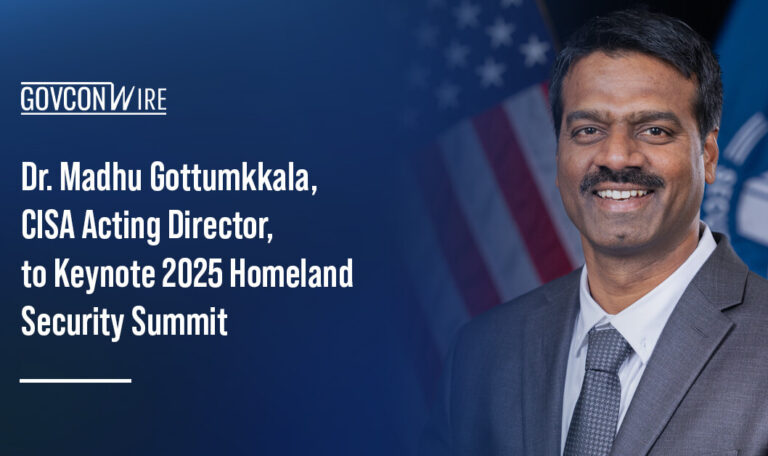Potomac Officers Club held its 7th Annual Intel Summit on Thursday to join the leaders from across the public and private sector together to examine the current foreign threats facing intelligence agencies as well as the strategies, innovative technology integrations and acquisition priorities that federal officials are working on to secure and advance U.S. defense capabilities.
LTG Scott Berrier, the 22nd director of the Defense Intelligence Agency, delivered the Summit’s opening keynote address in which he leveraged his deep intelligence community and military expertise to brief the audience on existing and emerging threats including foreign adversaries and violent extremist organizations.
After a brief introduction from David Egts, chief technologist of Red Hat’s North America public sector, who acted as moderator for the Summit, LTG Berrier took the virtual stage to break down the essential components of U.S. adversaries’ strengths and strategies and share what the DIA is doing to keep pace with rapid global advancements.
If you missed today’s insightful event, visit PotomacOfficersClub.com to watch the 7th Annual Intel Summit and other recent GovCon events on-demand.

Keynote speaker Lt. Gen. Scott Berrier began his address by outlining the threats posed by foreign adversaries such as China, Russia, North Korea and Iran and explained each nation’s unique advantages while identifying key opportunity areas on which the U.S. defense agencies should be focusing.
In response to the military modernization, political continuity and increased nuclear capabilities of each of these adversaries, Berrier said, “They represent a threat now in all domains and we have to be vigilant.”
Additionally, Berrier shared that the DIA has focused on making structural changes in order to integrate cutting-edge technologies, build and maintain strong partnerships with intelligence community agencies and allies and better posture the agency for strategic competition.
“We think it’s going to take partners to be effective in strategic competition. Along with that though, will be the ability to harness technology and innovation to get our arms around the large amounts of data that are out there, and the ability to sort them and use them efficiently and quickly,” Berrier stated.
Berrier then introduced his DIA colleagues, Dr. Trent Maul, who serves as the agency’s director for analysis, and Van Hendrey, program manager for the DIA’s Machine-assisted Analytic Rapid-repository System (MARS), as they took the floor to share how the DIA is leveraging MARS to replace outdated legacy infrastructures with cloud-based systems.
“We’ve had to evolve from the 1990s-era database that has been the traditional holdings for information, known as MIDB. But yet, its technology has not been able to keep up,” said Dr. Maul.
In response to this aging architecture, the agency’s MARS program, conceived in 2018, aims to bring together a variety of mission intelligence, weapons performance data, cyber and space data, as well as foundational military intelligence into a single, centralized data environment to allow for more DIA mobility and agility across all domains.
“MARS gives us an opportunity to ingest information in near real time. It gives analysts the ability to have that information triage, so they can go in and vet and make authoritative records in a matter of minutes,” said Dr. Maul.
Van Hendrey, MARS program manager, further emphasized that the system is replacing legacy technologies with “flexible and extensible architecture that can be postured to meet the mission of the future.”
She continued, noting that the DIA has developed and honed the ability to swap out technologies as they mature and become available. The agency plans to achieve initial operating capability for MARS in 2023 and expects that this component replacement aspect of the transition will help the transformation to be seamless and ensure continuous system operation.
To hear Berrier’s full keynote address, including Dr. Trent Maul’s and Van Hendrey’s discussion detailing how MARS will lead the DIA in its modernization initiatives and bolster defense capabilities across all domains, visit PotomacOfficersClub.com, where you can watch the full 7th Annual Intel Summit on-demand.

On Wednesday, October 27th, Potomac Officers Club will host its Winning With the Network: Securing Data in Motion to the Tactical Edge Forum, which joins together government and industry leaders to discuss how DoD and its commercial partners are creating more robust, resilient networks utilizing advanced technology such as 5G, edge connectivity and AI.
Distinguished officials including BG Jeth Ray from the Army Futures Command, Maj. Gen. Michael Smith of the U.S. Air Force and Booz Allen Hamilton’s Khalid Syed will foster insightful discussions on how improving federal agency network capabilities will secure the nation against electronic warfare and cyber attacks.
Visit PotomacOfficersClub.com to register for the platform’s next unmissable JADC2 Series event, Winning With the Network: Securing Data in Motion to the Tactical Edge Forum on October 27th.
















